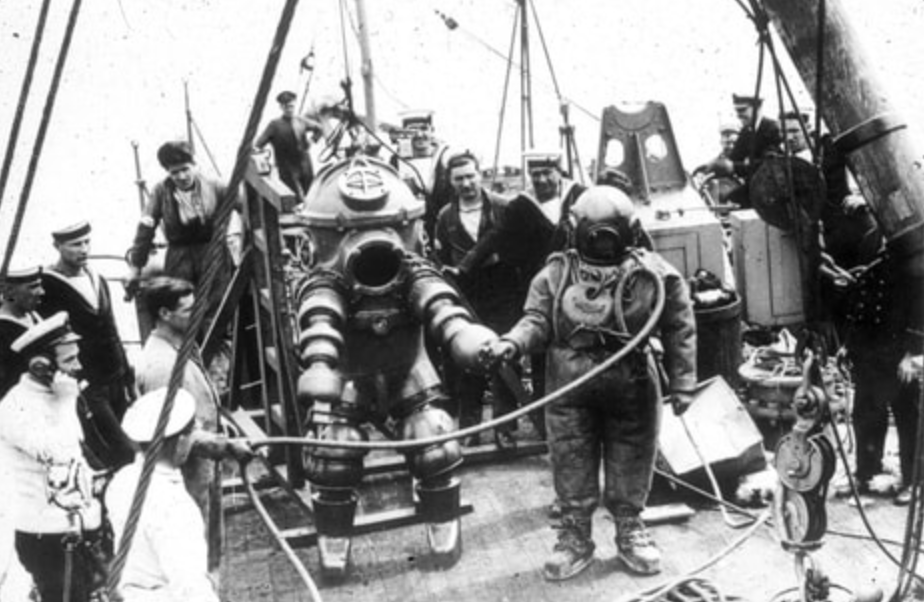Machines are an extension of their inventor-creators…
~Amiri Baraka
~Amiri Baraka
This website started in 2014 as an undergraduate course about DIGITAL JUSTICE: the justice issue that moved students in their right here and right now, the ways the issue lives and moves people via digital cultures, and the digital footprint that they left behind for that movement.
We moved away from “writing a paper” TO “designing spaces” in New York City at the City University of New York. For many, this move away from “the paper” was work that they regularly did anyway: tumblr pages, tweets, posts on instagram or pinterest, blogs, vines. They were already digital writers with an audience; they were already designers. The focus on digital rhetorics in this class pushed us interrogate all of that kind of writing and designing even more. We continually asked ourselves:
We moved away from “writing a paper” TO “designing spaces” in New York City at the City University of New York. For many, this move away from “the paper” was work that they regularly did anyway: tumblr pages, tweets, posts on instagram or pinterest, blogs, vines. They were already digital writers with an audience; they were already designers. The focus on digital rhetorics in this class pushed us interrogate all of that kind of writing and designing even more. We continually asked ourselves:
- What are the techniques of print culture that we borrow from, amend, or completely discard in digital spaces? What’s new? What’s "old"? How are BIPOC bodies and cultures digitized?
- How are 21st century audiences impacted and to what ends?
- What does digital justice for anti-racist/ anti-colonial/ intersectional futures look like and do?
These are questions that we answer based on the writing/designing that we do in class, not abstract feelings and opinions about the internet and technology. It’s like Janie tells her best friend in Zora Neale Hurston’s Their Eyes Were Watching God: “ya gotta go there to know there.”
|
|
|
|
Though new technologies drove the focus of the class, we were sure to remember that technology can’t do ev’rythang. The expression that I use here is quite intentional in its Black cultural meanings. The deliberate, alternative pronunciation is intended to emphasize the impossibility and inanity of a false, trumped-up expectation. Technology does not RUN YOU! You run it! It is created and sustained by us to better fulfill some of our needs and goals.
So here’s an example. Fantasia’s performance in After Midnight, a Broadway musical that celebrates Duke Ellington and Harlem’s 1932 world, is simply amazing. I have always known that girl can sang (this means something different from the more mortal word--- sing), have seen her on American Idol, and have listened to her music, but none of that comes close to experiencing what she does LIVE when she performs Cab Calloway’s “Zaz Zuh Zaz.” There is no video or recording that can capture what Fantasia and Wynton Marsalis’s 17-piece Jazz Orchestra do with sound. On the one hand, they have taken music/aesthetic technologies and made it their own. On the other hand, that talent, culture, sound, and human energy simply defy the reproduction capabilities of current technology. You just have to see it live! You have to be there in body, mind, and spirit and not in front of a screen or with ear phones on your head. So, no, the technologies that we work with in this class won’t be able to capture all of the depth of our image, sound, thought, vision, and desire, but we can certainly work to bring it a little closer to us! |
|
Technologies & |
In December 2013, J. Elizabeth Clark, a fellow CUNYite, gave a wonderful presentation called “Digital Todays, Digital Tomorrows” at John Jay College. She shared her avid pursuit of scuba diving and then made a bold comparison to schooling, particularly criticizing the ways that writing is currently taught. Clark began by showing images of scuba diving equipment from previous decades, highlighting the ways that new technologies have transformed the experiences of and possibilities for diving. By the 1970s, the buoyancy control devices, pressure gauges, and single hose regulators performed very differently and became the norm, alongside dive computers in the 1980s. While, of course, diving gear from the early 1900s would certainly still work, Clark insisted, rightly so, that she is not inclined to use that gear for diving. In fact, scuba diving has a fascinating history and with each technological advancement, its training has also changed This is not to say that diving is a totally altered experience from its centuries-old beginnings. However, its contemporary technological changes and new iterations have changed what divers do today. It’s unthinkable to imagine otherwise. Clark asked us why so many writing teachers and writing classrooms insist on discarding new technologies in ways that divers, for instance, never would. It would be like diving into a reef in 2014 with 1914 equipment.
|

